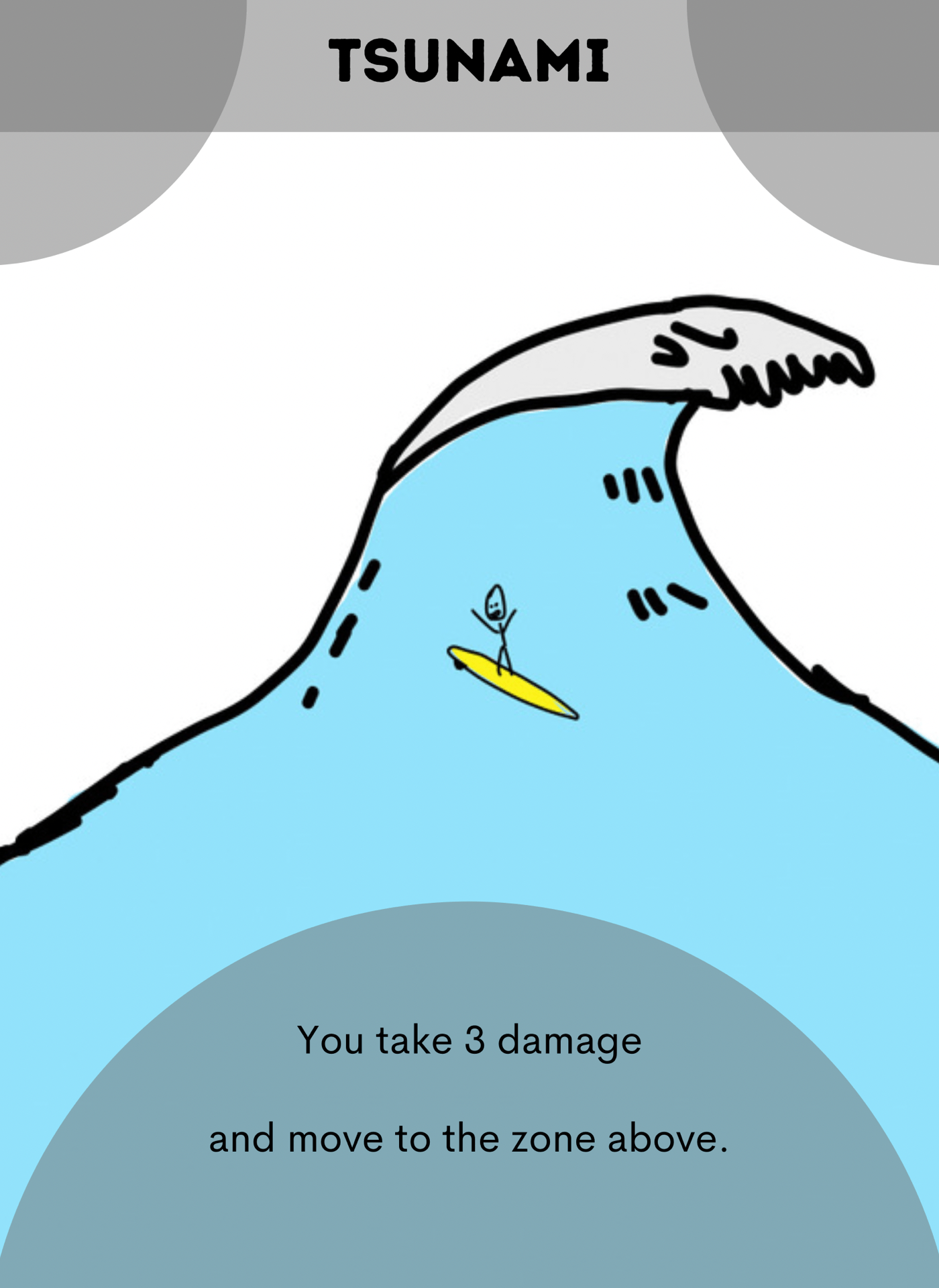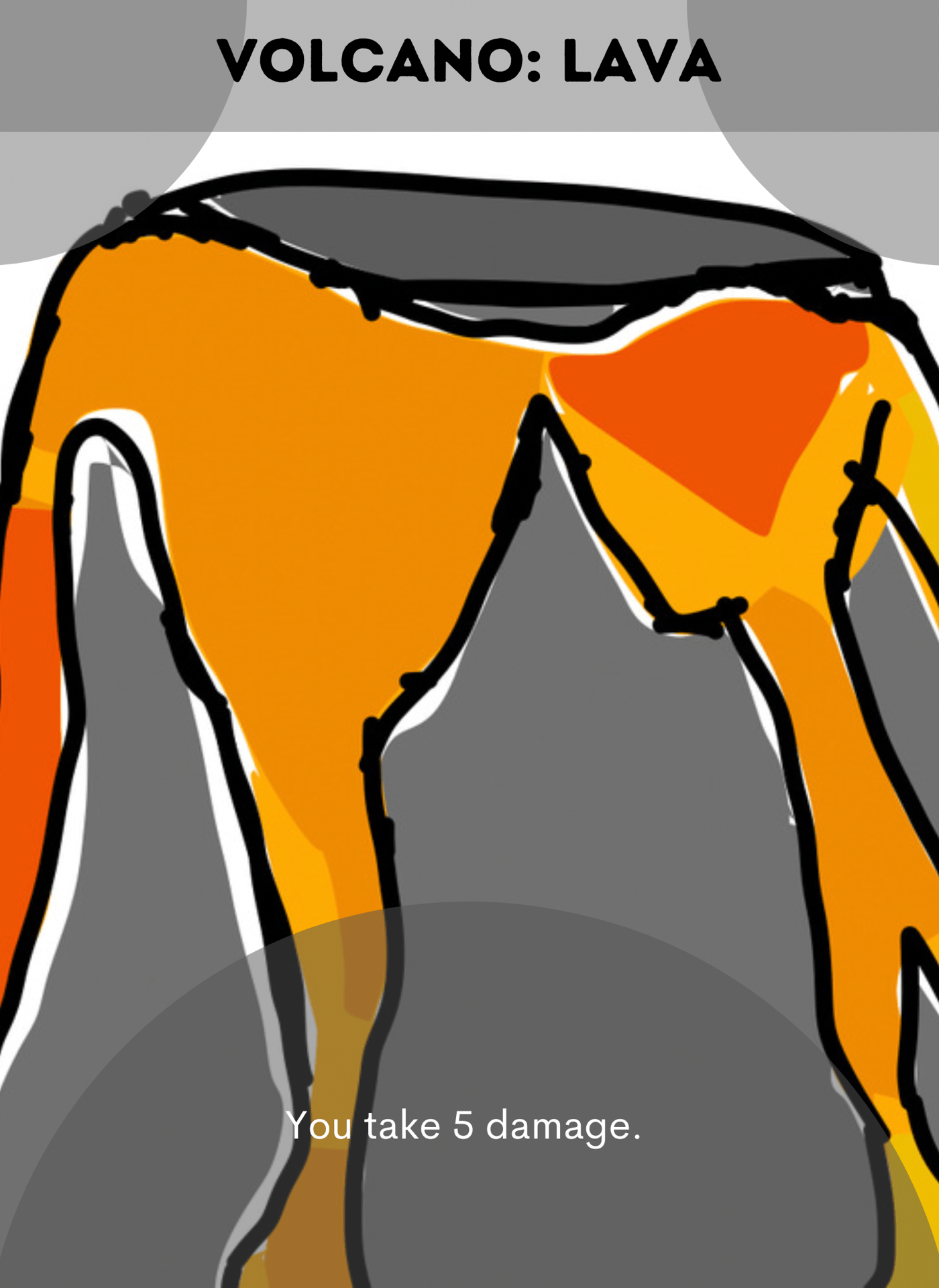Survive the Plates
Hello! This blog post is the summary and story of my latest Scimatics project, Tectonic Chances. This project was about learning about the tectonic plates and making a game about them with probability. The Driving Question for this project was “How are thematic and mathematical elements used in game design?”
The first thing we did for this project look at the launch and start draft an idea of what we wanted our game to be and its rules. I knew from the very start of the project I wanted to have a game where your trying to outlast the other players playing the game. I talked with Chris if there should be cards to make it so you attack other players so they would have to defend against you AND the catastrophes. He thought I shouldn’t so I decided not to. Looking back on it, it was probably a good idea because that can really make some feel bad situations. In this stage we also started a Mindmap about our game and the project as a whole. Launch done, on to building knowledge.
The first thing we did for building knowledge was learn lots of scientific vocabulary about plate tectonics. We did this by reading textbooks. This was super interesting to me not just because the subject was interesting, but this was the first time I used textbooks. It was cool being able to go at your own pace but all finish by the end of class. While taking notes without falling behind! Textbooks are not as bad as there cred would suggest. Also we did workbooks about the information in the textbooks. For anyone who doesn’t know what workbooks are they are textbooks except with questions.We also did some quizzes on Khan Academy which was my first time using it though I had heard of it. Something about the quizzes that confused me was that you were allowed to do them multiple times and give the highest result for your grade. Does not make sense to me. Building knowledge has been built now onto Develop and Critique. 
In Develop and Critique we started building our games and editing according to feedback. I chose to build a card game so I started working on the designs in Canva. Canva’s an app that is used to make things like posters and logos. Before we knew it we started working on our final rules draft! This was big so we couldn’t screw it up. I worked on rules all class. Though about balancing, checked spelling, did calculations. I’m just kidding it wasn’t so bad. The criteria for it was have calculations about how probability is used in your game, a drawing of how the game, and of course the rules themselves. The next thing we had to do was build it. The only thing I had to do was design more cards and print them out. I worked on lots of drawings and got feedback for them. People really liked my goofy way of expressing the catastrophes, so that was good. Next I had to print them out and cut them. I got some help with my dad and it was actually really nice spending some time with him doing something’s that he’s really good at. With my game build and having critique in hand we finish Develop and Critique.
In this next part I learned that my game is genuinely fun to play. Personally I don’t think it’s amazing but it’s at least a little interesting. The people that I got to play my game with were Luca, Hayden, Caitlin and Kira. Luca is defiantly the one that knows the game the best since he has played the game the most. Hayden, Caitlin and Kira were the next people who played my game. Caitlin actually drew on one of my cards with a marker. After they all finished my playing my game they got the chance to fill out a rubric and give me an artificial grade. Now that that’s done we can write our blog post… which we’re doing right now! How these things tie themselves up!

All together I did find this fun because what we were learning was interesting and we got to make a game! I found this a great learning experience and I do find myself still remembering about the things we learned. I favourite part of the project was probably doing this experiment with different temperatures of coloured water.
See ya around and goodbye, Judah G!













